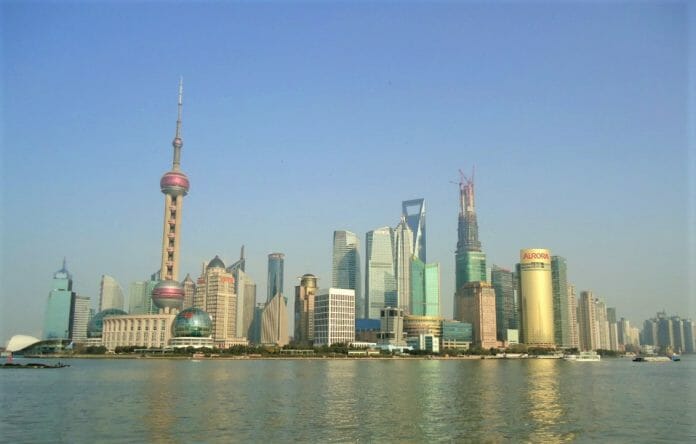China met its growth target in 2023, but economic momentum was subdued at the end of the year. The country reported 5.2% year-on-year real GDP growth in the fourth quarter and for the year as a whole. Yet, amid continued property strains and subdued confidence, consumption momentum was weak, and prices were under strain. Nominal GDP growth was only 4.2% in the fourth quarter of 2023.
The real estate downturn still weighs on the economy into early 2024. Housing sales, starts, and investment continued to fall in the first two months of the year. This weakness affects the broader economy via backward and forward linkages, as well as confidence and wealth effects (from falling housing prices). Overall fixed asset investment growth has held up well because of solid investment in infrastructure and manufacturing. Excluding real estate, investment grew 11% in the first two
months.
chinese New Year travel and tourism spending was up strongly on 2023 and exceeded the 2019 level for the first time. Retail sales growth slowed year on-year in the first two months of 2024. But comparisons with the same month in 2019 suggest a pick-up in momentum.
Deflation Risks Hinge On Composition Of Growth
China’s 5% growth target for 2024 is ambitious. Announced at the National People’s Congress meetings in early March, the target is harder to reach organically than a similar target in 2023 because the favorable impact on growth from the post-pandemic re-opening is largely over. That is true even as the drag on growth from the real estate downturn should be smaller this year. The policy stance supports growth, but policymakers remain reluctant to pursue significant macroeconomic stimulus, especially toward households. Fiscal policy is slightly expansionary and in the (few) provinces that have announced new minimum wages they increased significantly more than in recent years, supporting consumption. But the government has refrained from committing to material consumer-oriented stimulus. And the central government push to rein in
infrastructure spending in highly indebted provinces will weigh on growth.
Two factors constrain interest rate cuts. The aim of policymakers to maintain banks’ interest margins; and the high U.S. interest rates and their impact on the renminbi. Yet, the People’s Bank of China (PBoC) received a mandate to ensure ample liquidity and target generous credit growth. Falling U.S. policy rates later in 2024 would provide some room for the PBoC to reduce interest rates–S&P in its outlook report expects a 20 bps cut.
The ratings agency sees GDP growth slowing to 4.6% in 2024 from 5.2% in 2023. This takes into account the continued strain from the property weakness and modest macroeconomic policy support. The key risks are weakness in property and consumption. They would lead to lower overall growth. Moreover, policymakers have a tendency to respond to strains on growth by stimulating investment, including in manufacturing. This then further increases overcapacity in several goods markets and squeezes prices and margins.
Problematic deflation does not factor into S&P’s baseline, but it is a risk if consumption remains weak. Pressure from overcapacity and declines in the prices of commodities, energy and food, especially pork, have weighed on consumer price inflation. Rising prices of services keep year-on-year inflation positive. But a combination of soft consumption and relatively strong manufacturing investment would aggravate the strain on prices and profit margins in goods markets.









